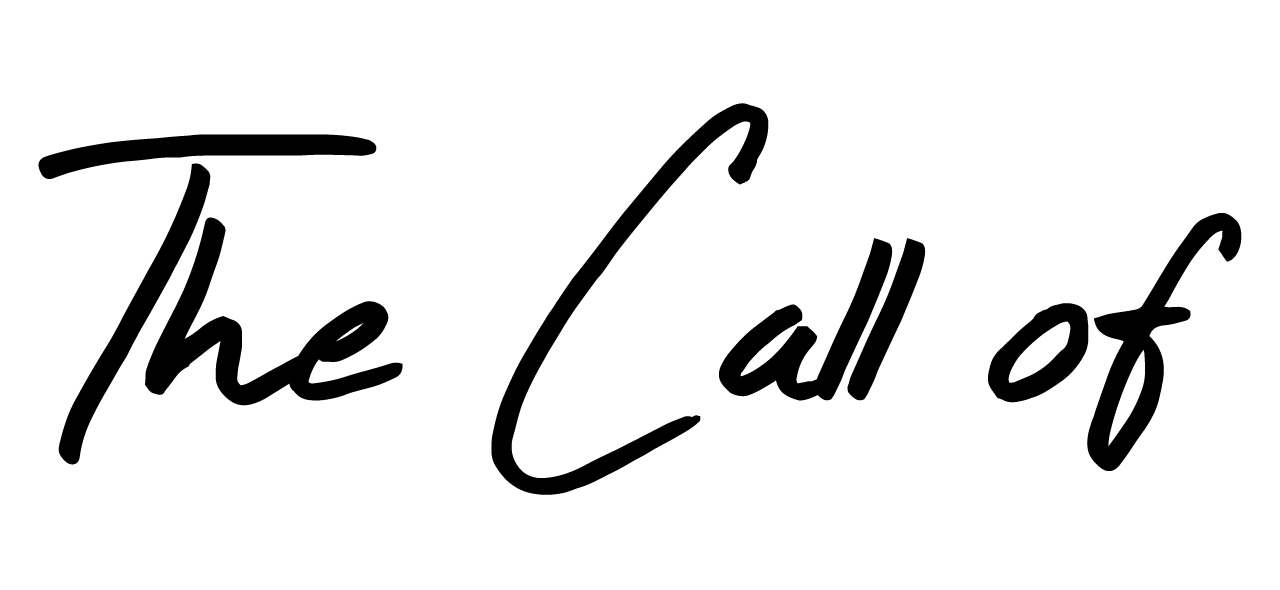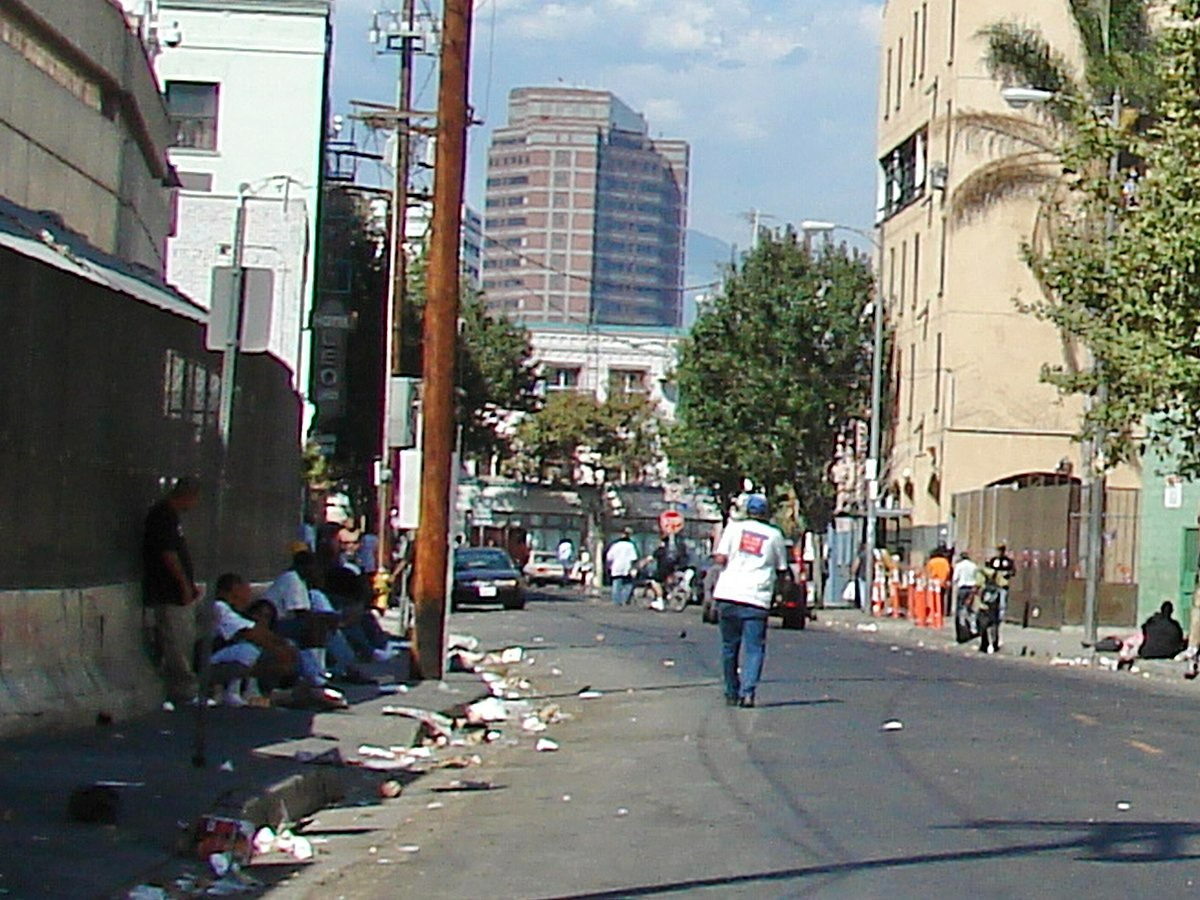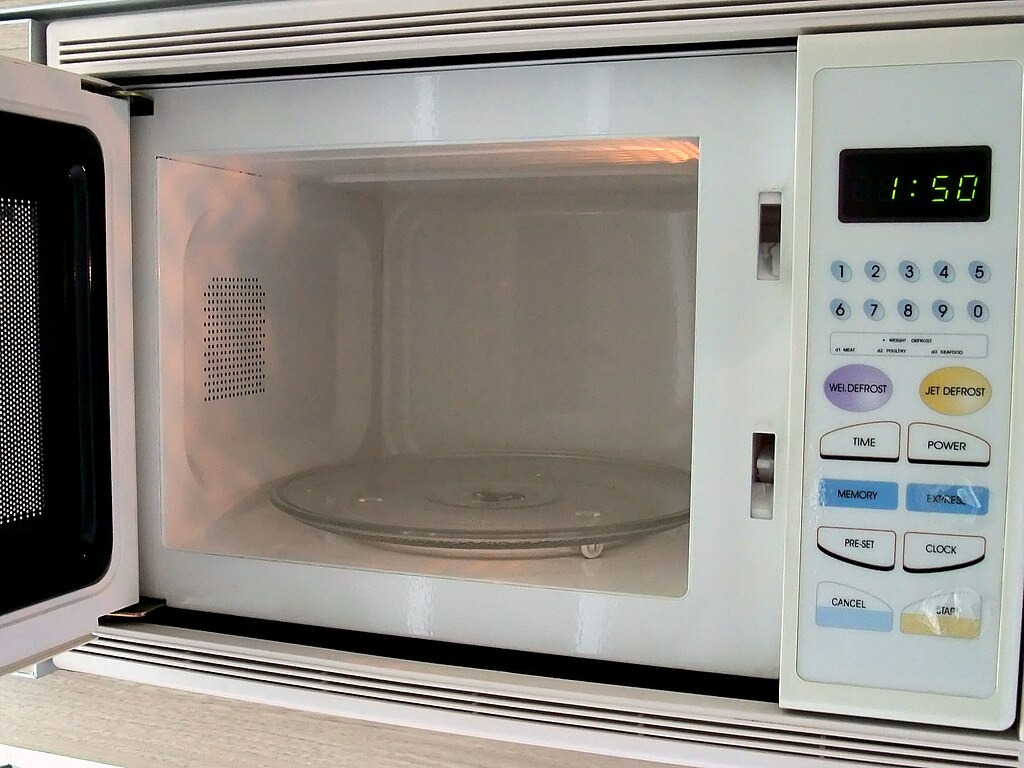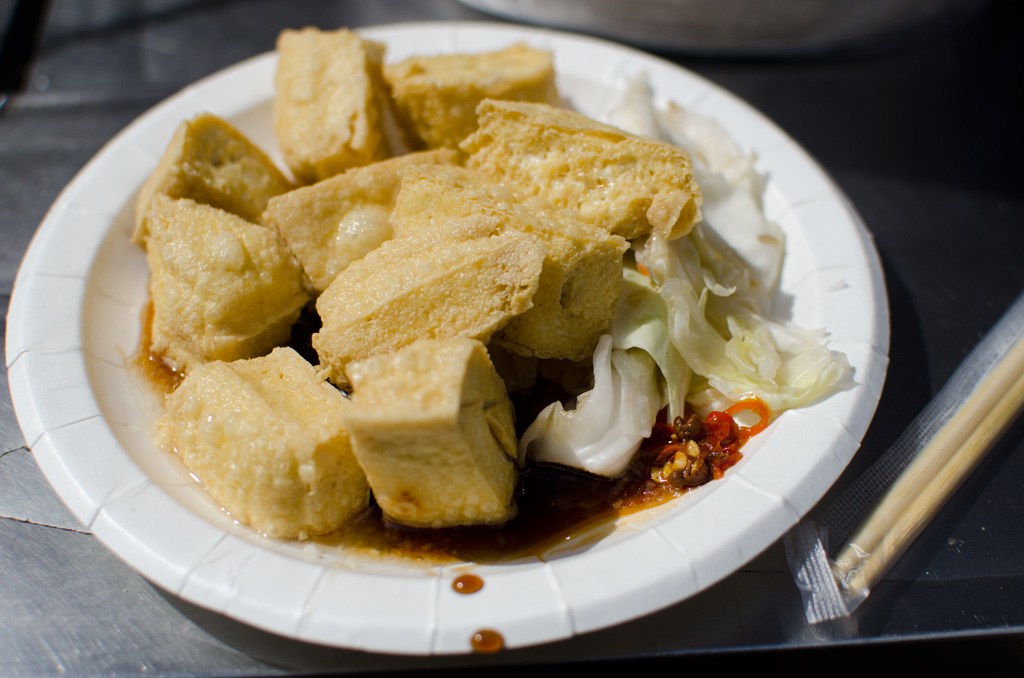Imagine your LAX face scan meeting protest footage in a database matchup that flags you for “special screening” next time. It’s giving major “Enemy of the State” vibes – that 1998 Will Smith thriller suddenly feeling less like fiction and more like a documentary.
The Electronic Frontier Foundation doesn’t sugarcoat it, calling facial recognition an “invasive and dangerous surveillance technology” that transforms airports into surveillance state boot camps.
The international facial recognition landscape resembles a dating app – some countries are all in, others play hard to get. Amsterdam’s Schiphol Airport offers biometric boarding only with explicit consent. Singapore’s Changi Airport has gone full speed ahead, processing travelers in 10 seconds with a document-free system that makes TSA look positively retro.
Meanwhile, the European Union plays protective parent with stringent privacy regulations. Their AI Act restricts biometric identification in public spaces – guardrails American travelers can only dream about from their surveillance-ready homeland.
The government wants your face, and they’re serving it up as a convenience. At airport checkpoints across America, TSA’s cameras silently capture millions of faces daily, like a chef collecting ingredients without asking what you want for dinner. The recipe? A facial recognition system is already baked into 80+ airports, with plans to spread to 400 more facilities faster than a TikTok dance trend.
Of the 2.9 million people shuffling through security lines each day, most have no idea they can simply say “no thanks” to this digital lineup. And like that one puzzle piece that completes the picture, understanding this opt-out right changes everything about your travel experience.
(You’d think they’d mention this prominently, right? Not buried in fine print smaller than airline snack nutrition facts.)
Inside the Machine: How Your Face Becomes Data
When you approach those Credential Authentication Technology (CAT-2) units, you’ve entered what tech folks call “the funnel.” The camera snaps your face and matches it to your ID photo faster than you can say “invasion of privacy.”
TSA insists this creates a security layer as protective as your grandmother’s lasagna recipe. “The facial recognition technology TSA uses helps ensure the person standing at the checkpoint is the same person pictured on the identification document,” they explain in official statements.
The agency states photos vanish after matching, except during “limited testing.” Sure, and your high school photos vanished after yearbook day too – until they resurfaced at your 10-year reunion. This testing loophole has privacy experts sweating as the May 7, 2025 REAL ID deadline approaches, when digital verification becomes the main course rather than a side dish.
Even the most accurate facial recognition systems hit occasional snags – much like Wi-Fi that works perfectly until your important Zoom call starts.
The Opt-Out Right You Probably Didn’t Know You Had
Here’s the secret hiding in plain sight: participation in facial recognition screening is completely voluntary for domestic flights. The TSA confirms this on its website with crystal clarity: “Travelers who do not wish to participate in the facial recognition technology process may decline the optional photo, without recourse, in favor of an alternative identity verification process.”
Signs stating this right should appear at checkpoints, though travelers report they’re often easy to miss or positioned where you’ll only see them after you’ve already been scanned. The TSA promises that opting out won’t cause delays or make you lose your place in line – an important assurance during peak travel seasons when every minute counts.
Saying No: Easier Than Canceling a Free Trial
Declining the face scan requires less effort than unsubscribing from marketing emails. Just say four simple words: “I opt out, please.”
- When reaching the checkpoint, tell the TSA officer you’re opting out of facial recognition
- They’ll verify your ID manually (you know, the way humans did for decades)
- Continue through security without delay or drama
- Feel slight smugness at exercising your rights (we won’t judge)
TSA policy guarantees: “There is no issue and no delay with a traveler exercising their rights to not participate.”
Ironically, as facial recognition expands, so do PreCheck enrollment opportunities. NYC travelers can register for PreCheck at pop-up events in the MetLife Building and Rockefeller Center from March 25-29—the same program that’s testing more advanced biometric verification.
Your Face, Your Rules
Each time you decline a scan, you’re voting in the ongoing privacy election. Small choices accumulate like raindrops forming a river – eventually carving new paths through seemingly immovable landscapes.
Refusing facial scanning is your own tiny “Truman Show” moment – stepping off-script from the surveillance storyline others have written for you. With the January board firings effectively removing the privacy referees, your individual choice gains weight.
So next time that camera lens awaits your features, remember: convenience and privacy rarely share the same vacation itinerary. One takes you to your destination a few seconds faster; the other preserves something more lasting.
You can’t stop the cameras from being installed, but you can still decide what they see. The choice is yours – no filter needed.


















